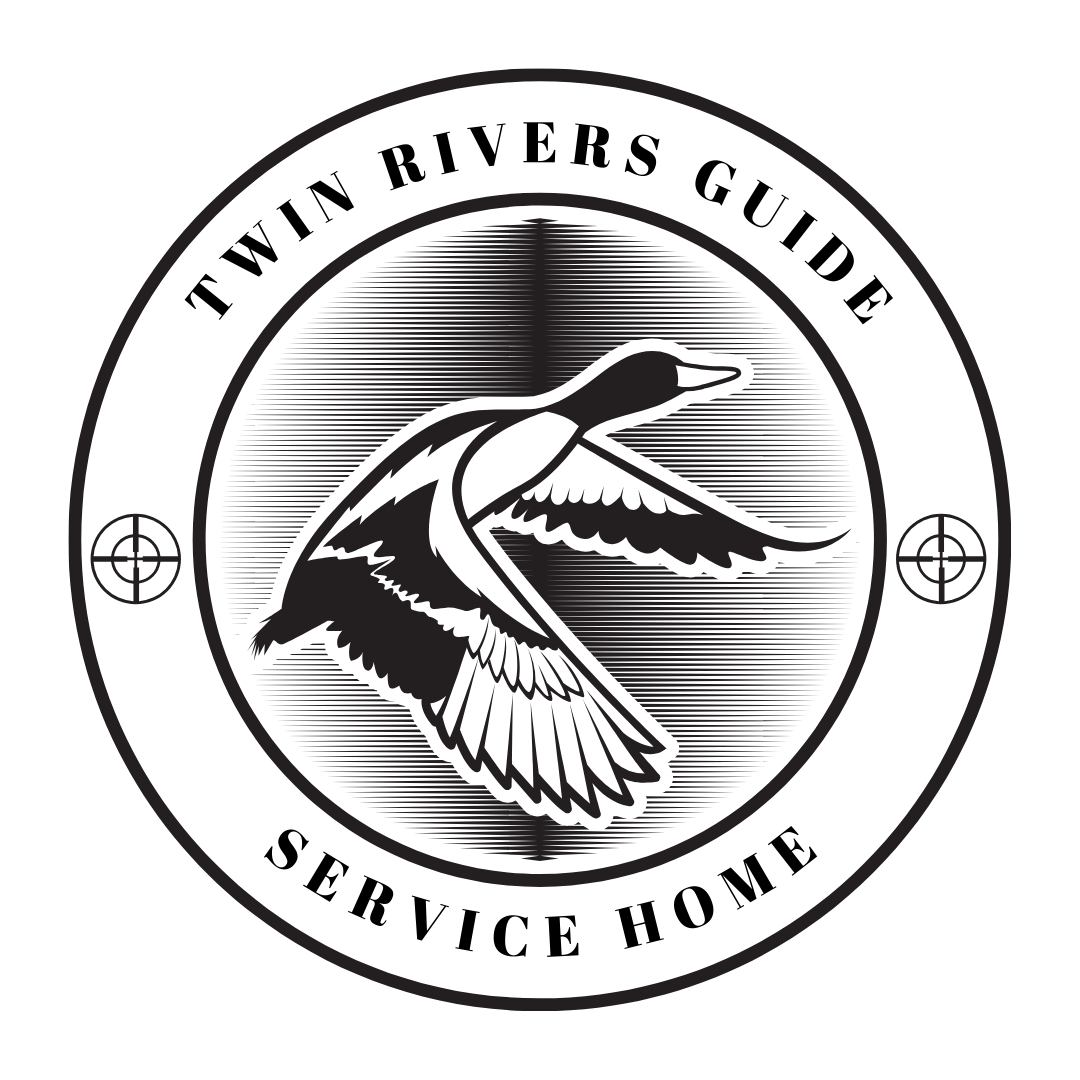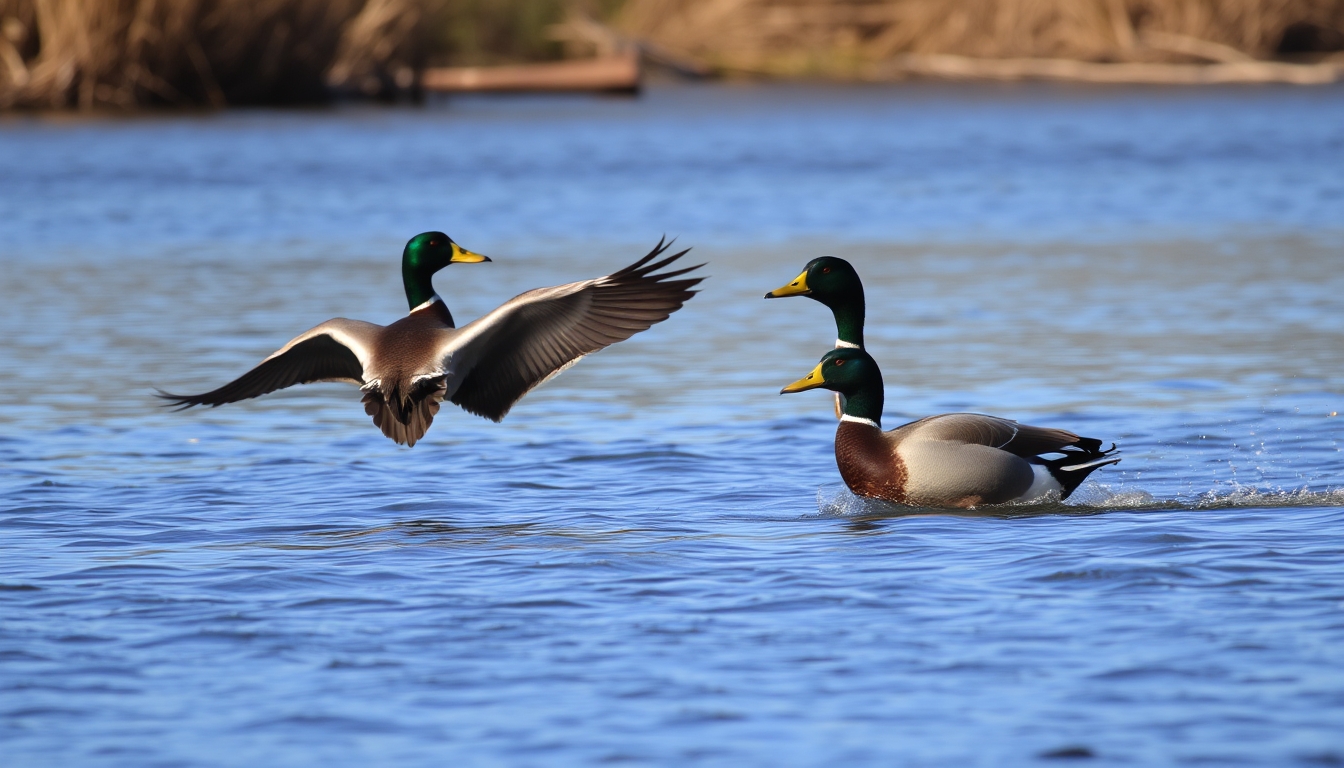Duck hunting has been a long-standing tradition, often passed down through generations. It combines skill, patience, and an intimate knowledge of the environment to be successful. However, as with many aspects of outdoor sports, technology has increasingly entered the world of hunting, enhancing the experience and boosting success rates. From state-of-the-art gear to apps that forecast weather patterns, duck hunters today have access to tools that make the hunt more efficient and enjoyable. This article explores how modern technology is reshaping duck hunting, improving everything from preparation and strategy to safety and ethics.
1. Smart Gear: Elevating the Hunting Experience
In recent years, hunting gear has become more advanced, merging traditional tools with cutting-edge technology. Duck hunters now have access to equipment that provides better concealment, communication, and accuracy.
1.1. High-Tech Camouflage and Clothing
In duck hunting, staying concealed is critical. Ducks have excellent vision, and even the slightest movement can scare them off. Modern camouflage gear now incorporates advanced patterns designed to mimic the natural environment. Some clothing even adapts to weather conditions, becoming more insulating in cold weather or breathable in heat. Companies such as Sitka and Drake Waterfowl have developed clothing lines specifically for waterfowl hunters, using fabrics that wick away moisture and protect from harsh conditions while blending into marshy landscapes.
1.2. Electric Decoys and Motion Systems
Traditional duck decoys have long been an essential part of any hunter’s toolkit. However, electric decoys have taken this practice to the next level. These decoys simulate realistic motion, with spinning wings or swimming actions that more accurately mimic live ducks. These devices often come with remote controls, allowing hunters to trigger movements from a distance and keep their hands free for other tasks.
Additionally, motion systems, such as jerk rigs, can be set up to create ripples on the water, further convincing ducks that the area is safe. These innovations significantly increase the chances of drawing birds closer and within shooting range.
1.3. Rangefinders and Smart Scopes
In duck hunting, estimating the correct range and trajectory is critical for a successful shot. Modern rangefinders equipped with lasers can help hunters determine the exact distance between themselves and the ducks. These tools take the guesswork out of shooting, helping hunters judge whether the ducks are within their effective shooting range.
Smart scopes, a relatively new innovation, can adjust for range, wind speed, and even elevation automatically. These devices use ballistic algorithms to optimize shot placement. While these are more commonly seen in big game hunting, some waterfowl hunters are beginning to adopt them for longer-range shots in open water environments.
2. Mobile Apps: Planning and Tracking the Hunt
The smartphone revolution has dramatically changed how hunters prepare and execute their hunts. Mobile apps specifically designed for hunting are now powerful tools that offer detailed weather forecasts, migration patterns, mapping features, and even legal information.
2.1. Weather and Waterfowl Migration Apps
Weather plays a huge role in duck hunting success. Ducks move with cold fronts, and the right conditions can significantly increase the number of birds in a hunting area. Mobile apps such as Ducks Unlimited and Weather Underground provide detailed, up-to-date weather information, including wind speeds, temperature drops, and upcoming storms, which are essential for predicting duck movement.
Apps like ScoutLook and OnX Hunt offer more than just weather reports. They provide hunters with real-time data on waterfowl migration patterns, habitat use, and peak hunting times. This allows hunters to plan their trips when duck populations are highest, increasing their chances of success.
2.2. Mapping and GPS
The days of relying on paper maps are mostly gone. GPS technology has taken over, and apps like OnX Hunt and HuntStand have brought powerful mapping and land management tools to hunters’ fingertips. These apps offer high-resolution maps, allowing hunters to mark waterfowl flyways, navigate public and private land boundaries, and identify ideal locations for placing blinds.
For waterfowl hunters, scouting new locations is crucial, and with GPS-enabled apps, they can drop waypoints, measure distances, and even share locations with hunting partners. This technology also helps avoid trespassing on private land, ensuring hunters stay within legal boundaries.
2.3. Hunt Logs and Journals
Keeping a hunting journal is an age-old tradition, but modern hunters now have digital ways to track their progress. Apps such as GoHunt and HuntWise allow users to log their hunting experiences, tracking the weather, locations, decoy setups, and number of ducks harvested. Over time, this data can reveal patterns, helping hunters refine their strategies for future trips.
3. Drones: Aerial Scouting and Ethical Concerns
Drones are becoming more prevalent in hunting, offering hunters the ability to scout large areas of land quickly. With drones, hunters can observe duck behavior from above, finding the best water sources, feeding areas, and movement patterns without disturbing the ducks.
3.1. Using Drones for Scouting
One of the biggest advantages of drones is their ability to cover large expanses of marshland or open water, which can be difficult to scout on foot. Drones equipped with high-definition cameras can relay real-time video feeds to hunters, providing valuable insights into where ducks are congregating. This allows hunters to adjust their decoy spreads, blinds, or even choose entirely different locations for the hunt.
3.2. Ethical and Legal Considerations
While drones are a powerful tool, they have sparked ethical debates in the hunting community. Some hunters argue that drones give an unfair advantage, making the sport less about skill and more about technology. Moreover, in many areas, using drones for hunting is illegal. For example, federal regulations in the United States prohibit the use of drones to scout or harass wildlife.
Hunters who choose to use drones must be aware of both the legal and ethical implications. The responsible use of technology is critical to maintaining fair chase standards and ensuring the sport remains challenging and enjoyable.
4. Communication and Safety Devices
Safety is a top priority for hunters, especially when venturing into remote areas or hunting in harsh conditions. Advances in communication technology have made hunting safer than ever, allowing hunters to stay connected with partners and emergency services.
4.1. Two-Way Radios and Walkie-Talkies
Communication is essential when hunting in a group. Two-way radios and modern walkie-talkies allow hunters to stay in touch with each other, whether they’re coordinating decoy setups, sharing updates on duck movement, or ensuring everyone’s safety. Devices from companies like Motorola and Midland offer waterproof, durable radios with extended range, making them perfect for use in wetland environments.
4.2. GPS-Enabled Emergency Beacons
For hunters venturing into remote locations, GPS-enabled emergency beacons, such as those offered by SPOT or Garmin, can be lifesaving. These devices allow hunters to send SOS signals and share their exact location in case of emergencies. With satellite connectivity, they work even in areas without cell phone coverage, ensuring that help is never too far away.
4.3. Smartphone and Wearable Technology
Smartphones, paired with rugged, water-resistant cases, are also a valuable tool for communication. Many hunters use apps that allow for easy communication with other hunters in the field. Additionally, wearables such as GPS watches or fitness trackers can monitor vitals and track movements, ensuring hunters stay safe and on course throughout the day.
5. Ethical Hunting in the Age of Technology
While technology has undoubtedly enhanced many aspects of duck hunting, it also raises questions about the ethics of its use. Maintaining a balance between using technology to improve safety and success while preserving the challenge and tradition of the hunt is a key concern.
5.1. The Importance of Fair Chase
The principle of fair chase is fundamental to ethical hunting. It ensures that hunters give their prey a sporting chance, preserving the integrity of the hunt. Technology, if misused, can undermine this principle. For example, using drones or excessive automation to pinpoint the exact location of ducks can take away the skill and patience required in traditional hunting methods.
Hunters must use technology responsibly, recognizing that it should enhance the experience rather than replace the skills that make hunting challenging and rewarding.
5.2. Conservation and Sustainability
Technology can also play a positive role in promoting conservation. Many apps and online resources provide hunters with updated regulations and limits, ensuring that they hunt within legal bounds and contribute to sustainable wildlife management. Additionally, some devices, such as smart shotguns or electronic decoys, are designed to reduce waste and improve accuracy, helping hunters make clean, ethical kills.
By using technology in a way that supports conservation efforts, hunters can help ensure that future generations can enjoy the sport.
6. The Future of Duck Hunting Technology
As technology continues to evolve, the future of duck hunting looks both exciting and uncertain. The introduction of artificial intelligence (AI) and machine learning into hunting tools could lead to even more sophisticated gear. For instance, AI-powered apps might predict migration patterns with greater accuracy, while advanced sensors could help hunters track game in real-time.
However, the hunting community will need to balance these advances with a commitment to preserving the traditional elements of the sport. As technology becomes more integrated into the experience, hunters must remain vigilant about ensuring that the essence of the hunt—skill, patience, and respect for wildlife—is not lost.
Conclusion
Duck hunting in the digital age offers exciting new opportunities for both novice and experienced hunters. From smart gear and mobile apps to drones and advanced communication devices, technology has made hunting more efficient, safe, and enjoyable. However, as with any advancement, hunters must use these tools responsibly, maintaining ethical standards and a respect for the environment.
By embracing technology while preserving
the traditions of the sport, hunters can enhance their experience without losing the core values that make duck hunting a cherished pastime. The future of duck hunting will be shaped by how we integrate these innovations while staying true to the spirit of the hunt.

